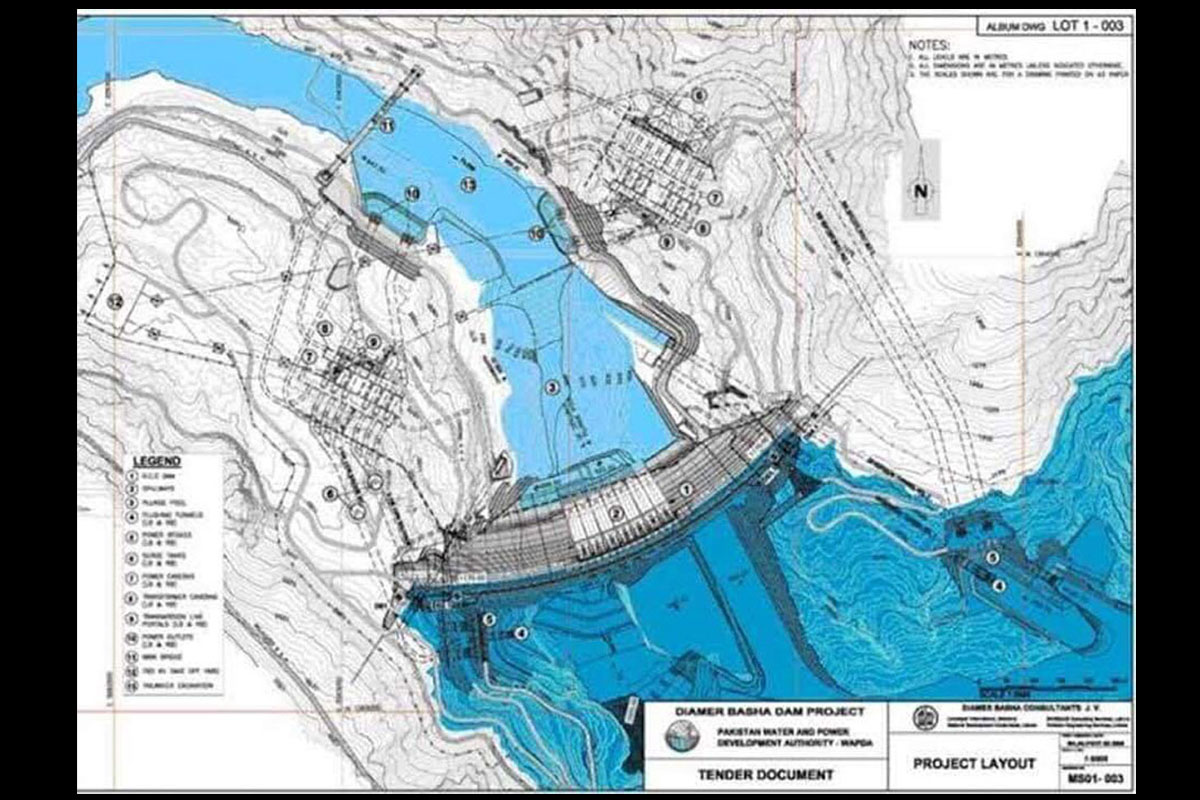Water security has emerged as a critical issue in the Indo-Pacific region, where transboundary rivers of ten symbolise shared lifelines for multiple countries. The construction of massive dams by China on rivers originating in the Tibetan Plateau, particularly the Yarlung Zangbo, poses significant challenges for downstream nations, including India. These dams, while presented as hydro electric projects, raise questions about their environmental impact and potential use as strategic tools of coercion.
Addressing these concerns requires a concerted regional and global effort, where partnerships play a pivotal role. India, with its downstream dependence on the Brahmaputra river, has voiced apprehensions about China’s dam-building spree. The proposed hydropower project on the Yarlung Zangbo, poised to become the world’s largest, exemplifies the risks. Beyond the potential for altering water flow, sediment transport, and regional ecology, these projects introduce a worrying geopolitical dimension. Controlled releases or withholding of water could exacerbate existing vulnerabilities, especially in India’s northeast, where agriculture and livelihoods are deeply intertwined with the river’s health. For India, the strategic stakes are clear. Water scarcity or erratic flows can have cascading effects, not just on the environment but also on social and economic stability. While diplomatic engagements with China are necessary, they have historically yielded limited results.
Advertisement
Beijing’s assurances of minimal downstream impact often conflict with the lived realities of other nations affected by its upstream projects, such as those in the Mekong region. This evolving challenge underscores the importance of partnerships bet ween like minded nations like India and the United States. Collaborations in satellite monitoring, hydrological data sharing, and early warning systems can empower downstream nations to anticipate and mitigate adverse impacts. Moreover, leveraging multilateral platforms to advocate for equitable water-sharing principles can exert pressure on uni lateral actors. India’s engagement with global partners is vital in this context. The just-concluded visit of US National Security Adviser Jake Sullivan to India marked a significant moment in bilateral relations. This was the last high-level engagement between New Delhi and the outgoing Bi den Administration. Beyond the immediate focus on water security, broader cooperation in emerging areas like artificial intelligence, space, and defence technologies can enhance India’s strategic capabilities.
As Washington and New Delhi navigate a changing geopolitical landscape, the discussions hold particular relevance, with Chinese dam-building on transboundary rivers emerging as a critical agenda item. These alignments also send a strong message about shared priorities in maintaining a free and open Indo-Pacific, where resources are governed transparently and sustainably. At the heart of this issue is the recognition that rivers are more than just physical entities. They embody the shared fates of nations and communities. As China’s infrastructural ambitions grow, downstream nations, led by India, must strengthen their collective response. The path forward lies in blending diplomacy, technological collaboration, and strategic partnerships to ensure that water resources remain a source of shared prosperity rather than contention. The stakes are too high to ignore, for the health of these rivers is inextricably linked to the region’s future stability and progress.









